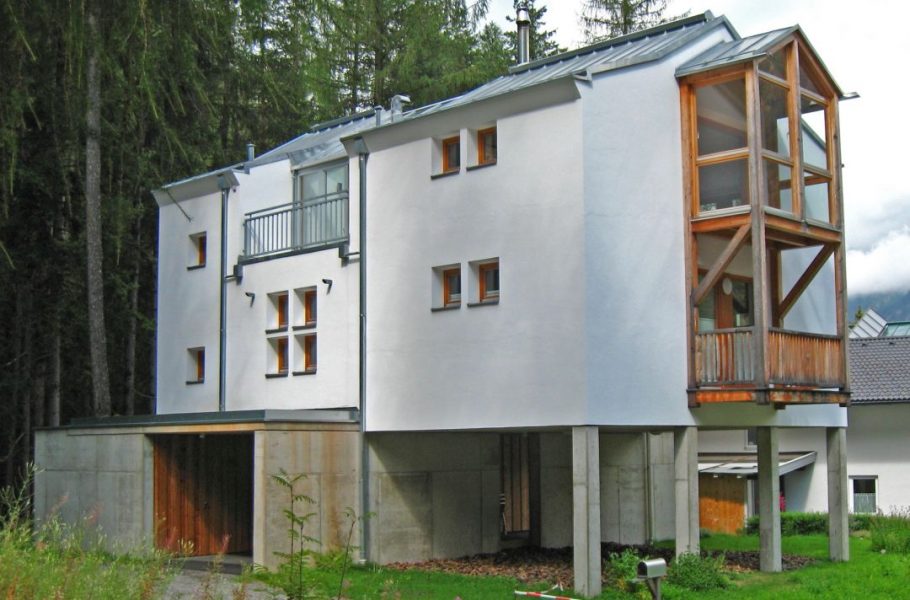Globally, there is an increasing risk of extreme hydrometeorological events, which can be related to changes in land-use management and climate change. It has become evident that public flood defense measures such as large dams cannot always reduce flood risks to an acceptable level.
As flood events become increasingly unpredictable and although public measures are relevant, affected residents in flood-prone areas are urged to engage in flood protection. This form of protection goes beyond the well-known means—sandbags—and is called “property level flood risk adaptation” (PLFRA).
PLFRA measures aim to reduce the negative impacts of floods on buildings, which range from contamination due to sewage or mud to loss of personal belongings, and are divided into four categories: wet flood-proofing, dry flood-proofing, barrier systems, and avoiding flood waters.
Examples of wet-flood-proofing measures are adapting building interiors (e.g., raising electric devices to a higher floor) and installing sump-pumps, while dry flood-proofing includes sealing building openings by installing water-tight basement windows, using door and window guards, installing non-return valves (to keep sewage out), and using waterproof concrete for cellars.
Flood doors and free-standing flood gates to keep water out of the building act as barrier systems, and raising a house on stilts, building on elevated ground, or even designing a house to float all help in avoiding flood waters. In particular, measures to avoid flood waters are often very effective but also very expensive.
When living in flood-prone areas, materials used in homes should be largely water-resistant. Instead of parquet floors, wooden windowsills, and wallpapers, water-resistant materials such as concrete, stone, tiles and aluminum should be used. Clearly, it is less costly to implement PLFRA measures and water-resistant materials during the construction of a new building rather than in retrospect.
Only a combination of several PLFRA measures can provide an acceptable decrease of risk. In particular, a combination of dry flood-proofing and elevation could serve as the most cost-efficient solution for homeowners. It has to be considered that the implementation of a PLFRA measure should not create flood risks to adjacent buildings (by, for example, redirecting flood waters from one house to another).
An acceptable level of risk reduction at the community level can be achieved by homeowners implementing PLFRA measures not to substitute but to complement larger public protection measures. However, a one-size-fits-all concept is not feasible, as the efficiency of PLFRA measures is highly dependent on the individual situation of every single property.
The question of whether or not to invest in such measures and to physically implement them is challenging for homeowners. PLFRA measures are often built on the basis of individual experiences and demand self-responsibility because the measures are largely voluntary and often costly. Transparent communication of flood risks and possible PLFRA measures, including their efficiency and summary of costs, is vital to help homeowners make decisions on this issue.
This article has been kindly contributed by the authors.

















